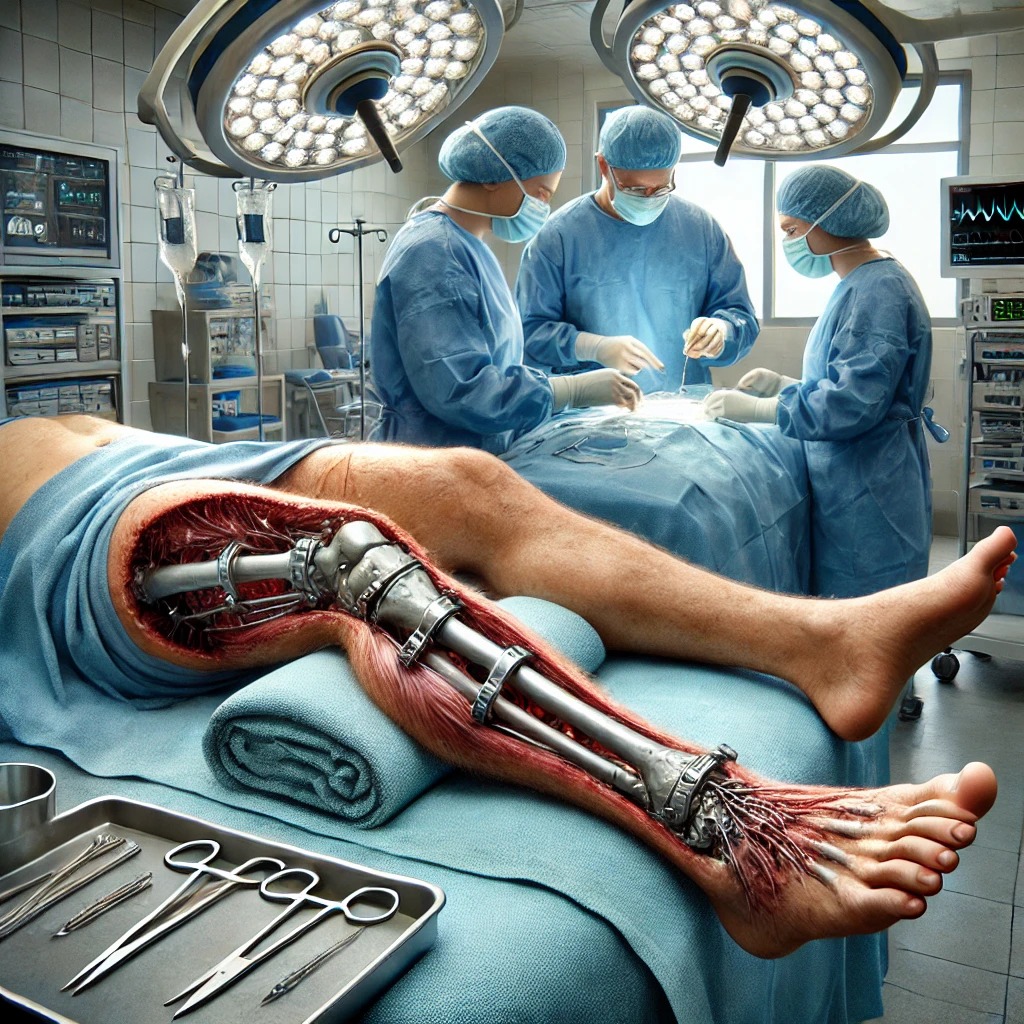+918048040021

This is your website preview.
Currently it only shows your basic business info. Start adding relevant business details such as description, images and products or services to gain your customers attention by using Boost 360 android app / iOS App / web portal.
#Trauma Fracture Surgeries #Arthroplasty (Joint Re...

#Trauma Fracture Surgeries #Arthroplasty (Joint Replacement) Trauma (fracture) surgeries involve surgical procedures to treat broken bones that cannot heal properly on their own. These surgeries aim to realign the bone, stabilize it, and promote healing. Here’s an overview: Types of Trauma (Fracture) Surgeries Open Reduction and Internal Fixation (ORIF) – Involves making an incision to realign the bone and securing it with metal plates, screws, or rods. External Fixation – Uses an external frame with pins inserted into the bone to stabilize the fracture while it heals. Intramedullary Nailing – A metal rod is inserted into the bone’s marrow canal to hold the fracture in place. Arthroplasty (Joint Replacement) – Used for severe fractures near joints, such as hip fractures, where joint replacement may be necessary. Bone Grafting – In cases of bone loss, a graft (from the patient, donor, or synthetic material) is used to support healing. Indications for Surgery Open fractures (bone breaks through the skin) Unstable or displaced fractures Fractures that don’t heal with non-surgical treatment Joint involvement requiring reconstruction Complex fractures with multiple bone fragments Recovery and Rehabilitation Immobilization with a cast, splint, or brace Physical therapy to restore movement and strength Pain management and wound care Follow-up imaging to monitor bone healing Potential Complications Infection Blood clots Nonunion (failure of the bone to heal) Malunion (bone heals in the wrong position) Hardware complications (loosening, breakage)

